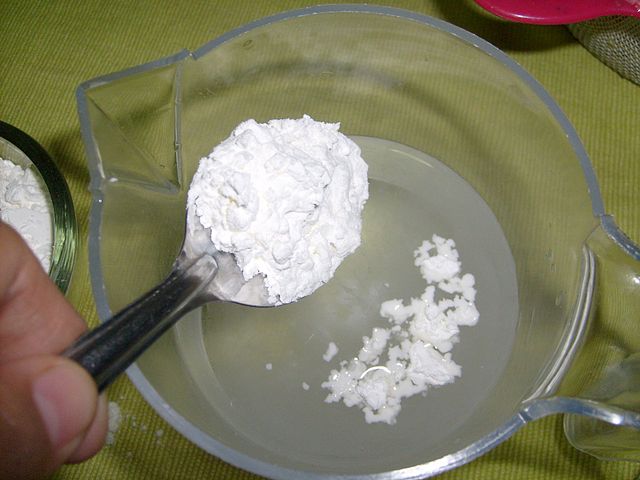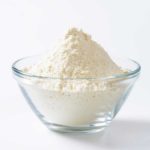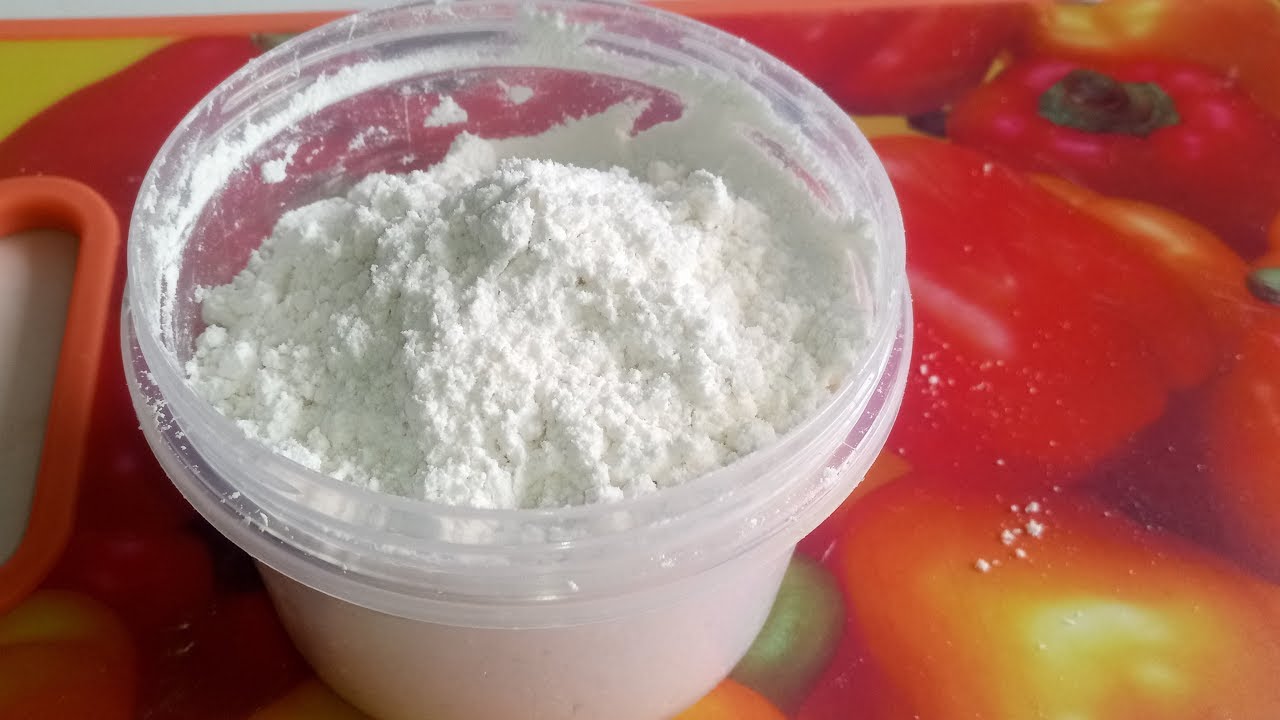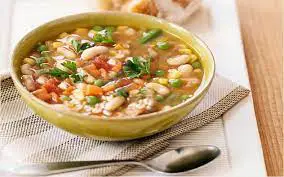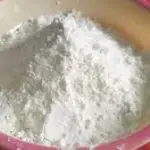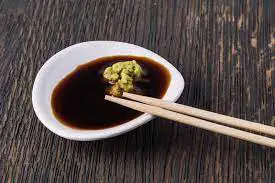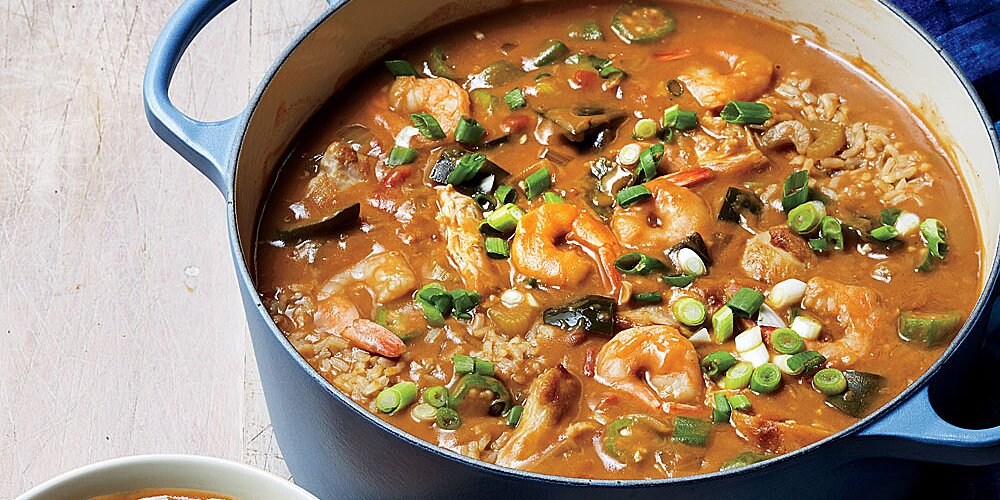Cornstarch vs Potato starch
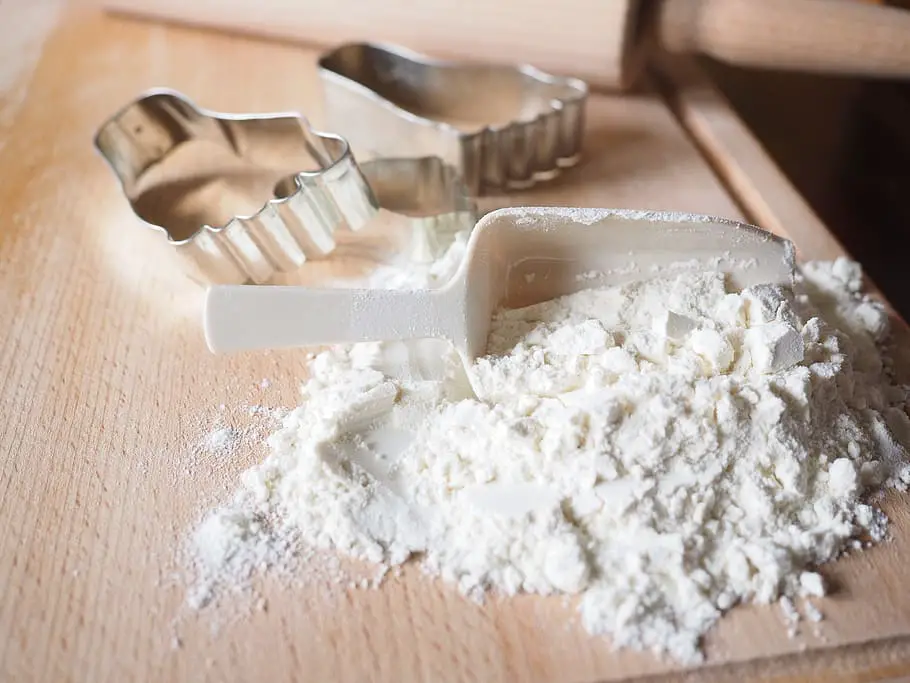
Cornstarch vs Potato starch–which one is better? Are they interchangeable? Such questions often crop up in the minds of most people while cooking at home. Read on if you are interested in knowing more about these two ingredients.
Are you looking for a starch that goes well with all kinds of recipes? You are not the only one. There are many starches available, but not all of them can be used interchangeably. It can be difficult to find the right starch when making certain recipes. We can help you decide the right starch to thicken your next stew or soup.
Potato starch and cornstarch are the two most popular starches. They can be interchangeably used in certain recipes but have very distinct properties. It is not possible to say that one starch is superior than the other. It’s not possible to find one starch that works for everyone because of all the different features they have. Cornstarch may work better in some soups, but potato starch is better at thickening foods like macaroni or cheese. Continue scrolling to find out more about each starch and when you should use it.
Cornstarch: What is it?
When it comes to baking, knowing which starch is best is only half of the battle. The real challenge is how to use each starch properly. Knowing where the starch comes from can help you decide if it is the right one for you. Let’s get started!
Cornstarch is a corn product, so it shouldn’t surprise that we call it cornstarch. Cornstarch is made from the endosperm, a specific part of corn. The starch is extracted from the endosperm to create a powdery white substance. This is the substance you will find on supermarket shelves today. Cornstarch is virtually flavorless and odorless. It can be used in a variety of recipes. Cornstarch can be used to thicken soups or to make sweet desserts. It will create a light texture. You don’t need to worry about cornstarch altering the taste of any recipe.
Cornstarch can be used in many ways when it comes to cooking. Cornstarch is most commonly used as a thickening agent. Cornstarch molecules absorb water when added to soups, stews, and puddings. These same molecules expand when heated and absorb even more moisture. Cornstarch is the ideal starch to enhance the texture and consistency of the soup.
Cornstarch can also be used to make baked goods such as cookies, breads, cakes, and muffins. Cornstarch can be used to give your favorite dessert more structure. Cornstarch can be used in baked goods recipes to help hold the ingredients together. This will result in a light, chewy dessert.
Cornstarch can also be found in many commercially-produced products such as shredded cheese and powdered sugar. Cornstarch absorbs moisture and condensation when added to packaged goods. This prevents food spoiling and helps to prevent lump formation.
Cornstarch: How do you use it?
You’ve now started to plan the different ways you will use cornstarch. Now you need to learn how to use it. One wrong measurement can make a recipe unusable. We are confident that your recipes will turn out perfectly, but we have some tips and tricks for you to help you get started.
Cornstarch should be used in cooking at room temperature. First, you will have to make a slurry. A slurry or cornstarch paste is the way to ensure the starch is incorporated into a cool or room-temperature liquid. It can help ensure that the cornstarch is evenly distributed throughout the recipe. Mix a few tablespoons cornstarch and a cold liquid such as water or plant-based dairy milk to create a slurry. Once you have a paste, you can add it to your recipe.
Cornstarch can be sensitive to extreme temperatures. Cornstarch molecules can be damaged if they are added to too hot a mixture. This will cause it to release all its moisture as though it wasn’t there in the first place. Cornstarch molecules can be damaged when soups or sauces are frozen. Once thawed, the liquid will return to its original runny state.
Potato Starch: What is it?
Potato starch is a favorite starch for most people. It can be used in everything, from soups and stews to fillings for pies. You can elevate your favorite recipe with potato starch. How does it compare to cornstarch? We have compiled the pros and cons for potato starch to help you make an informed decision when adding starches into your favorite dishes. Continue scrolling to find out all about potato starch and decide if it is the right choice.
Cornstarch vs. Potato starch
It is easy to identify the source of potato starch. Of course, potatoes! To make a powder, the starch in a potato is removed. Even though whole potatoes are rich in vitamins and nutrients, potato starch is not very nutritious. However, it does have some amazing benefits! Potato starch is gluten-free, simple to cook with, and virtually tasteless.
Potato starch is also more resistant to heat than cornstarch. It is often used in baking recipes as an alternative to cornstarch. Potato starch is a binding agent that gives baked goods a moist, chewy texture.
How to Use Potato Starch
Potato starch, sometimes called potato flour, can be used in many different ways. It is a great ingredient to have on hand because it is one the most inexpensive starches available. Before buying potato starch, it is important to read all labels. The best quality potato starch will be non-GMO, organic and gluten-free.
Potato starch works in the same way as cornstarch to thicken soups, sauces, and pie fillings. It is also essential for gluten-free baking. It can be gluten-free, dairy-free, grain-free, and soy-free depending on the potato starch that you purchase. It is safe to use as an ingredient in food preparations for people with food allergies.
Despite potato starch being more resistant to heat than cornstarch in many cases, it is still important to monitor how hot the dish is becoming. Potato starch can be damaged if it is heated up. This could lead to a runny mess. We recommend adding potato starch to warm recipes when cooking with it. This will ensure the starch performs as it is intended.
Is Cornstarch and Potato Starch interchangeable?
If you are still unsure, then let me make it clear that potato starch can surely be substituted for cornstarch. Yes, it is possible. Both starches can be used in similar ways, so they can be interchanged in most recipes. There are exceptions.
Cornstarch vs Potato starch—which one is better?
Potato starch is best used as a cornstarch replacement when it is not being cooked for extended periods. Cornstarch and potato can be used interchangeably in recipes such as soups, gravies and pie fillings. Cornstarch can be substituted for all-purpose flour to thicken a recipe. It is best to use 1/2 teaspoon cornstarch.
It is important to assess the acidity of the dish before adding cornstarch. Cornstarch is good for dairy-based recipes. However, cornstarch might not work well if the recipe has high sugar levels or is extremely acidic. Acidic foods include tomatoes and canned fruit as well as juices, vinegar, and juices. Cornstarch should not be used in any recipe you plan to freeze. Cornstarch that has been frozen can cause it to become spongy after being thawed.
Pasta sauce is one example of a dish that could benefit from cornstarch. This is because potato starch can’t withstand long cooking times and wouldn’t work well in this type recipe.
Each of these starches has incredible baking benefits, so you can use them in savory soups or fruity pie fillings. We hope that now you are more comfortable adding these starches to your delicious treats.
These are the main differences between potato starch and corn starch:
Corn Starch, which is made from maize kernels, is a natural and healthy starch. Potato Starch is a starch made from potatoes.
Corn Starch’s color ranges from yellow to pure White, while Potato Starch’s color is pure White.
Corn Starch contains a high level of nutrients like carbohydrates, sugars, fiber, protein and fat, while Potato Starch has low amounts.
Corn Starch is very sensitive to low temperatures, while High-temperature tolerance is possible.
Corn Starch is good for skin and gut health. Potato Starch can increase intestinal health and bowel movement.
Wrapping up
So, cornstarch vs Potato Starch–which one is better? Are they interchangeable? I think you have already got your answer in this blog post. Starch is a natural source of energy and contains high-nutrition components. Regular consumption of Starch is a great way to live a healthy lifestyle.
Corn Starch is the most widely-available and well-received starch. While they can be distinguished in their origins, Corn Starch as well as Potato Starch can be easily confused by their physical appearance, temperature and color.
Cornstarch can be defined as a nutritious, clear, and natural starch made from sweet and fresh corn kernels from maize plants. Cornstarch can be distinguished by its color, which ranges from white to yellow at a very low price.
Potato Starch, on the other hand, is a refined, natural and healthy starch made from fresh potatoes. Potato Starch can be purchased in pure white at a high cost. Both Cornstarch as well as Potato Starch can be beneficial for your health if you consume them regularly.
